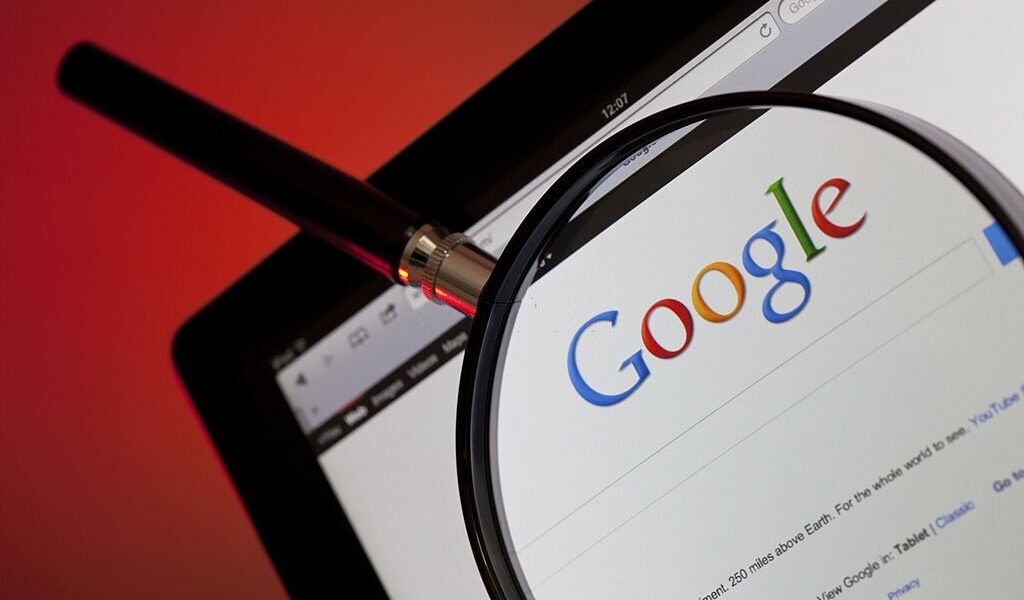Google has announced improvements to its Search service that it hopes will provide its users with the highest-quality information it can provide. The featured snippet, which appears in a dedicated box and is displayed in a larger font on most Search results, provides you with a glanceable answer to your question at a glance (hopefully). You no longer have to click the link to find the answer if you use the featured snippet.
To support this feature, Google said that it is incorporating its latest AI technology, MUM (Multitask Unified Model). According to Google, this AI technology will assist its systems ‘understand the notion of consensus,’ which is when multiple high-quality sources on the web all agree on the same fact.’ In addition,’ Google said that its new AI technology is helping to reduce the amount of snippets used when a question doesn’t have a definitive answer.’ The snippet should therefore provide users with more reliable answers. In addition,’ Google’s new AI technology is also helping to trim down the use of snippets when there isn’t a definite answer for a query, particularly when there isn’t one.’ These should be more reliable going forward.’
To improve search results, Google is not only looking at the search data; it is also looking at information found through Search. This includes the “About this result” feature, which is accessed by clicking the three dots next to each search result.
The company is working on providing additional information to this feature, including whether the source has been adopted widely, customer reviews, and even when Search can’t find more information about it. The “About this result” feature will also be expanded to the Google app, which users may swipe up from the bottom navigation bar to access. This feature will expand to additional languages on the web later this year, including Portuguese, French, Italian, German, Dutch, Spanish, Japanese, and Indonesian.
Google is looking to expand upon its content advisories, which were first put in place for new information, such as for breaking news, that was still developing. When Google first put this feature in place, it was designed to notify users that the information could change and that checking back later would probably be better. Now, users will be informed when “there aren’t many great results” for their queries. They may then be asked to check sources or try another query.












